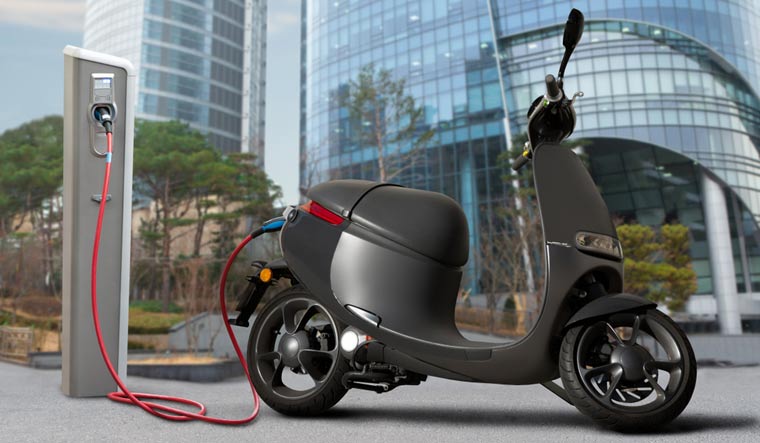That electric future may still be buffering. As if falling sales were not enough, electric vehicles (EV) in India are now seeing their thunder being stolen smoothly by alternative modes ranging from hybrid to even compressed natural gas (CNG).
Ever since the expiry of FAME 2, the incentive-based scheme government had for electric vehicles (primarily two-wheelers), on March 31, sales have been down in the dumps. This, despite having a stop-gap measure in place. While EV sales grew from just around one per cent post-Covid to above 6 per cent last year, they are nowhere close to, say, China’s 37 per cent or Europe’s 24 per cent.
If that wasn’t enough, it seems that for Indians the journey of giving up the traditional ICE engine does not automatically lead to adopting an electric car or two-wheeler. Of particular interest has been hybrid vehicles that are surprisingly going up the popularity charts. Hybrids are usually vehicles that have more than one mode of engine, usually a traditional internal combustion engine (ICE) as well as an electric motor, and the driver can switch between the two depending on the driving requirements.
For example, hybrid vehicles have been outselling pure EVs since the end of 2023. And that’s quite an achievement considering that hybrids cost more and are taxed at a much higher rate than electric vehicles. The options, too, are limited, with barely five or so cars available from the likes of Honda, Maruti Suzuki and Toyota (Suzuki and Toyota anyway have a tie-up whereby the same car is marketed with different branding).
Estimates are that hybrid sales could go up as much as nearly 40 per cnt this year (albeit on a low base) and capture more than 2 per cent of the overall auto market, even as EVs could actually see a decline of 0.2 per cent.
This could only grow higher if other Indian states follow the example of Uttar Pradesh which, earlier this week, waived off registration cost for hybrid vehicles in the state.
Two strong factors work in favour of hybrid vehicles, particularly cars, in India. One is the fact that the Japanese motor companies, conventionally not comfortable with EV technology where they are laggards behind bete noire China (and business rival Korea), have been lobbying incessantly for modes like hybrids, CNG etc.
“In India, most of the electricity is made from thermal power, which is actually quite polluting,” Shashank Srivastava, senior executive officer of Maruti Suzuki had told THE WEEK last year. In fact, the auto giant’s argument has always been that EVs are not the only route to achieve zero carbon emission norms, but it could also be cleaner fuels like CNG or biofuel.
“It will be tech agnostic,” Srivastava had said then, “Which means, as long as you achieve those emission targets by deploying any technology, whether it is EVs or hydrogen, it works.”
The other has been that the chicken-and-egg situation still persists — lack of widespread charging infra means ‘range anxiety’ is still a thing, while the many hours it takes to charge even a two or three wheeler, has been a dampener. And as the expiry of FAME incentives and the subsequent plummeting of sales show, EVs still need the prop-up of discounts (FAME 3 is likely to be announced soon).
But even as it comes, there is a new contender on the horizon — CNG bikes. While Bajaj launched the world’s first CNG bike last week, the Freedom 125, reports indicate TVS could be the next.


